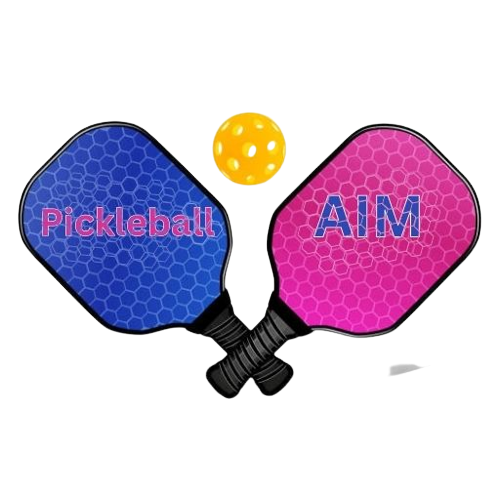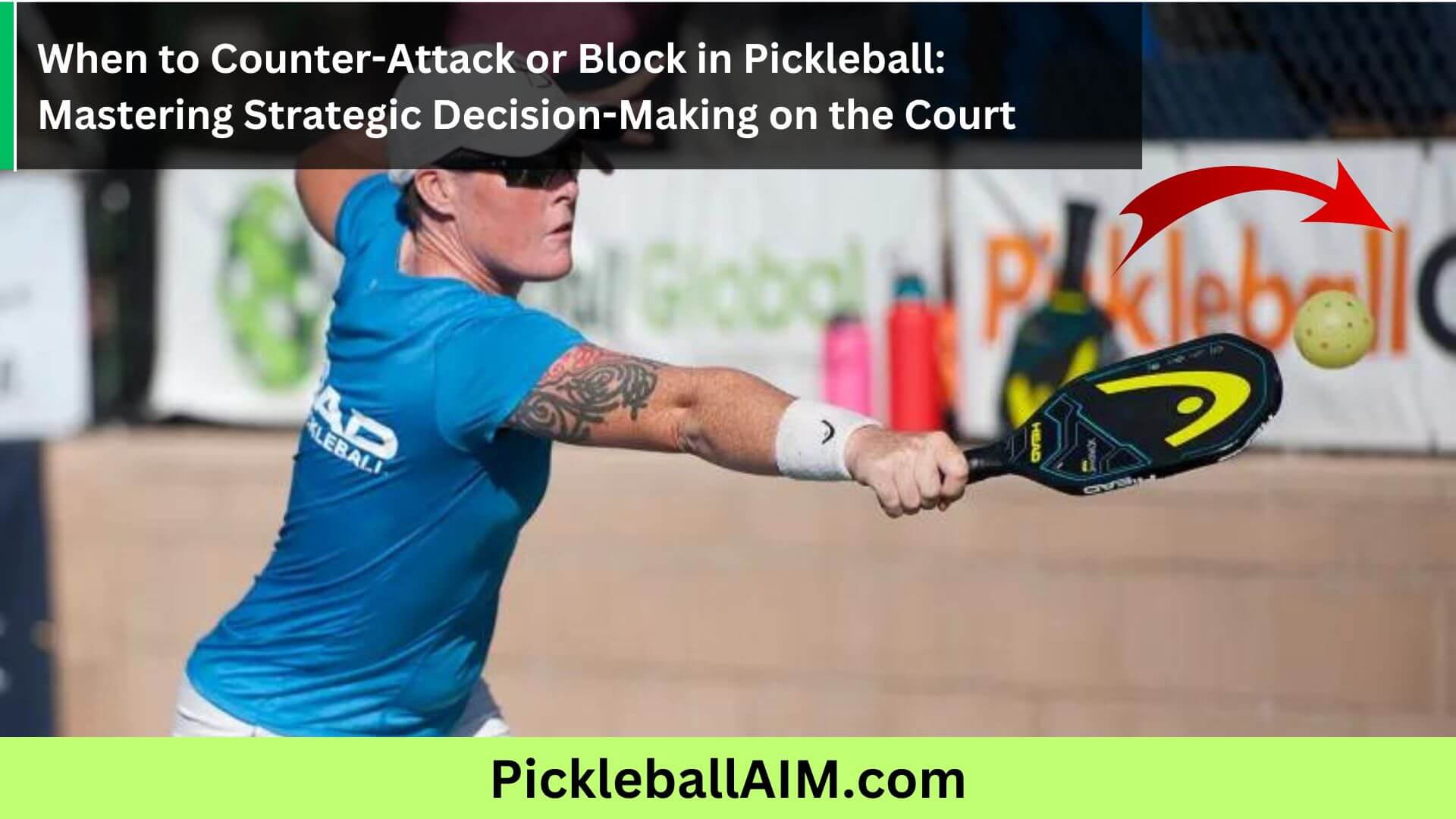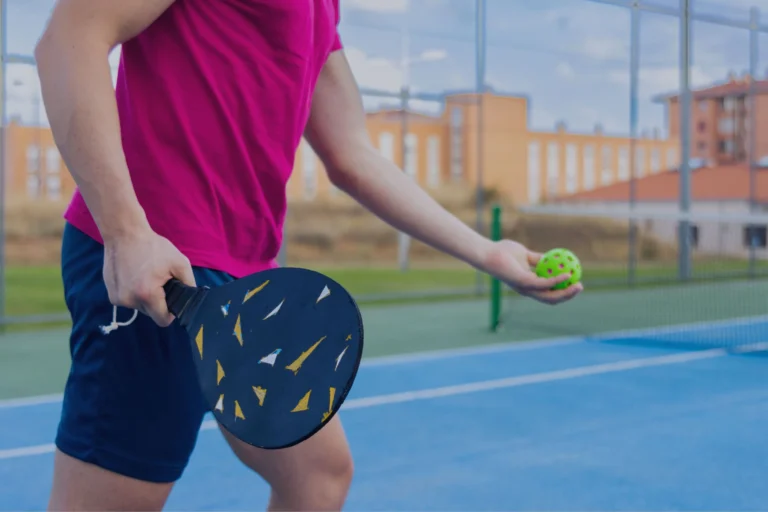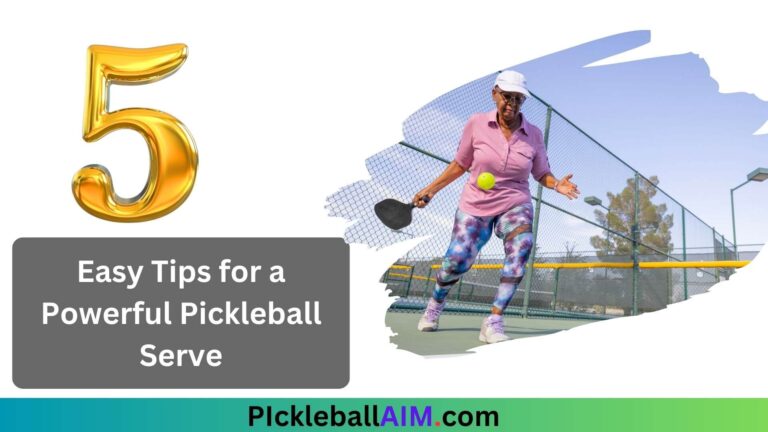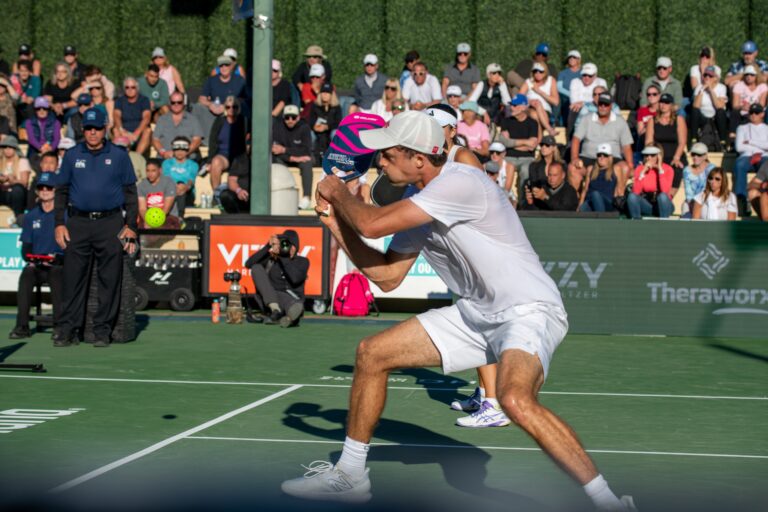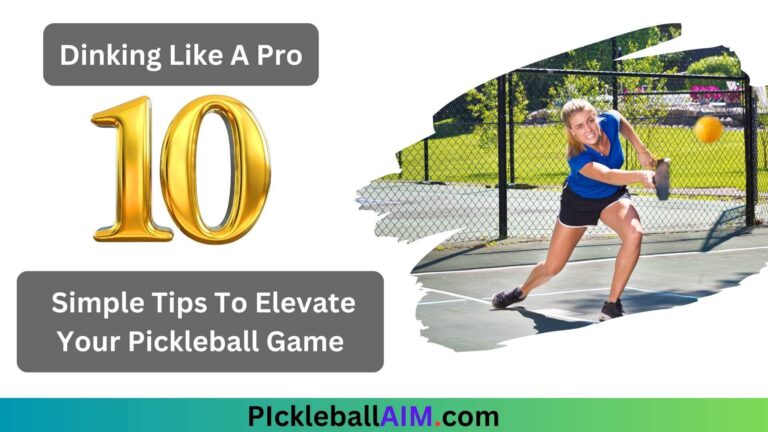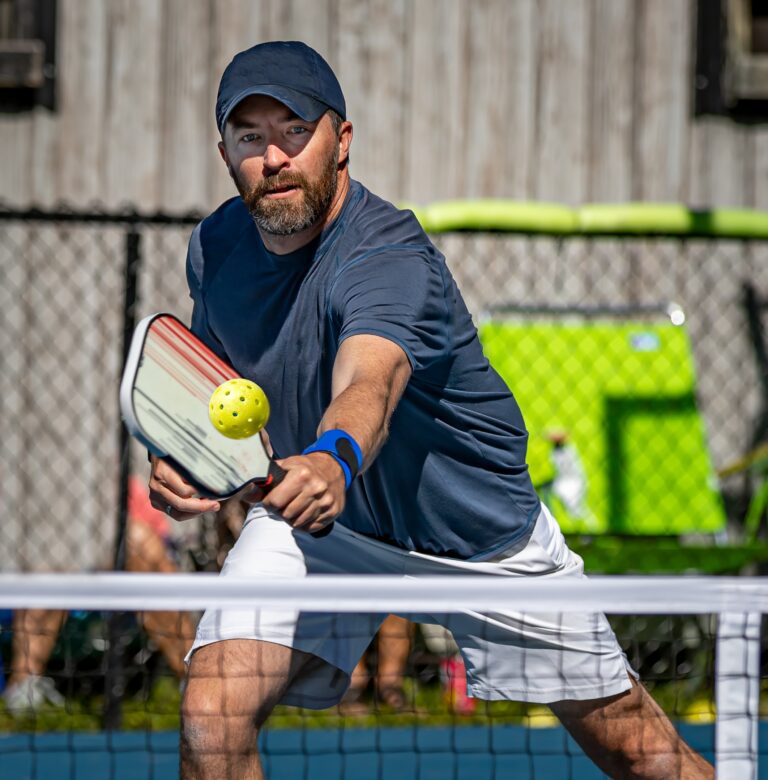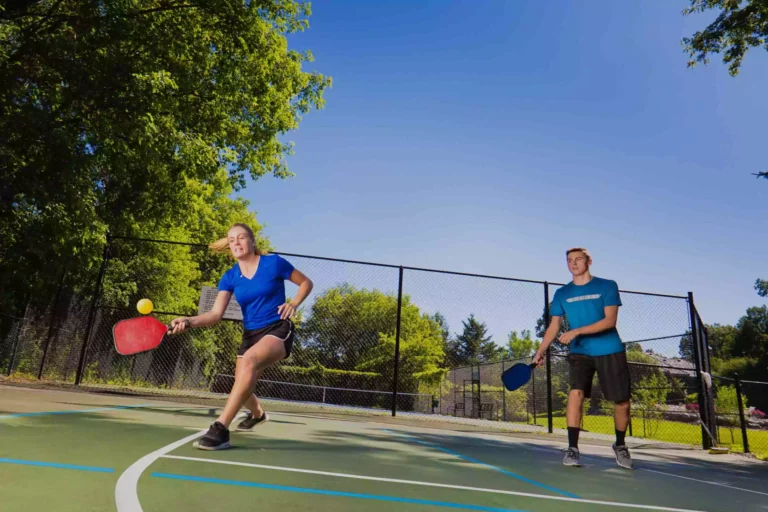Strategic Decision-Making in Pickleball: When to Counter-Attack or Block for Winning Plays
In the fast-paced and exhilarating game of pickleball, strategic decision-making is paramount to success. Knowing when to counter-attack or block can significantly impact the outcome of a rally and ultimately the match. Both counter-attacking and blocking are essential techniques in pickleball, each serving a unique purpose depending on the situation. In this article, we will delve into the intricacies of these strategies, exploring when and how to effectively employ them to gain the upper hand on the court.
Understanding Counter-Attacking in Pickleball
Counter-attacking is an offensive strategy used when receiving a shot that allows the player to return the ball with increased power and precision. It involves taking advantage of an opponent’s weaker shots, such as high or slow balls, and turning them into aggressive shots that put pressure on the opponent. Counter-attacks are best suited for players who possess strong offensive skills, as it requires quick reflexes, good footwork, and the ability to generate power in their shots.
When to Counter-Attack:
- High Balls: When the opponent delivers a high ball that provides ample time for preparation, counter-attacking with a well-placed and powerful shot can force the opponent into a defensive position.
- Weak Returns: If the opponent’s return lacks pace or accuracy, counter-attacking allows the player to seize control of the rally and maintain momentum.
- Opportunity to Take the Net: Counter-attacking can create opportunities to move forward and take control of the net, which is advantageous in dictating the pace of the game.
The Art of Blocking in Pickleball
Blocking is a defensive strategy employed to neutralize the opponent’s aggressive shots and maintain control during a rally. It involves positioning the paddle to deflect and redirect the ball with minimal effort, forcing the opponent to work harder to win the point. Blocking is an effective technique for players who may not have the power or aggressive playing style of a counter-attacker but excel in precision and court positioning.
When to Block:
- Hard-Hitting Opponents: Against opponents who hit powerful shots, blocking can help absorb the force of the ball and redirect it with accuracy, disrupting the opponent’s rhythm.
- Controlling the Pace: Blocking is particularly useful when the player aims to slow down the tempo of the game and focus on maintaining control of the rally.
- Consistency and Energy Conservation: Players who prioritize consistency and energy conservation over aggressive play can utilize blocking to stay in rallies and prolong points.
Striking the Right Balance: Adapting to the Situation
The key to effective decision-making in pickleball lies in the ability to adapt and strike the right balance between counter-attacking and blocking. A skilled player must read the opponent’s shots, assess their own strengths, and adjust their strategy accordingly. In some situations, counter-attacking may be the best course of action to seize momentum and go on the offensive. On the other hand, blocking might be preferred when facing powerful opponents or aiming for steady play.
Adapting to Different Opponents: Flexibility is Key
Every pickleball match presents unique challenges, and no two opponents are alike. A successful player must be adaptable and flexible in their approach. Against aggressive opponents, counter-attacking might be the preferred strategy to match their intensity and take control of the game. Conversely, when facing more defensive players, a well-executed blocking strategy can frustrate their attempts to gain an advantage.
Reading the Game and Anticipating Shots
To effectively employ counter-attacking or blocking, players must develop strong court awareness and anticipation skills. Reading the opponent’s body language, positioning, and shot selection can provide valuable insights into their intentions. Anticipating the trajectory of the ball and positioning oneself in the optimal spot on the court can make all the difference in executing successful counter-attacks or well-placed blocks.
Communication in Doubles Play
In doubles play, communication between partners is essential to determine when to counter-attack or block. Effective communication ensures that both players are on the same page and can adjust their strategies based on the changing dynamics of the game. Working as a cohesive unit, doubles partners can capitalize on each other’s strengths and maximize their performance on the court.
Practice and Skill Development
Developing proficiency in both counter-attacking and blocking requires consistent practice and skill development. Drills that focus on quick reactions, accuracy, and decision-making under pressure can enhance a player’s ability to execute these strategies effectively. Engaging in match play with players of varying styles can also contribute to gaining experience and honing these tactical skills.
Elevating Your Pickleball Game: Integration of Counter-Attacking and Blocking
The true essence of pickleball lies in the delicate balance between counter-attacking and blocking. While both strategies have distinct purposes, skilled players integrate them seamlessly during a match to keep opponents guessing and maintain control of the game. As players progress and gain experience, they develop a nuanced understanding of when to switch between these techniques, maximizing their effectiveness on the court.
Embracing a Growth Mindset: Learning from Every Point
In the journey to master counter-attacking and blocking, players must adopt a growth mindset that embraces continuous learning and improvement. Embracing mistakes and learning from every point, whether won or lost, allows players to fine-tune their strategies and adapt to various playing styles. The pursuit of excellence in pickleball is a dynamic process that unfolds with each match, making the game both intellectually stimulating and emotionally rewarding.
Seeking Guidance from Experienced Players
Players aspiring to elevate their pickleball game can seek guidance from experienced players and certified instructors. Receiving feedback and tips from seasoned pickleball veterans can provide valuable insights and shortcuts to mastering counter-attacking and blocking. Professional instruction and structured training can accelerate a player’s progress and open new doors to strategic gameplay.
Enjoying the Journey: Fun and Fulfillment on the Court
Amidst the tactical intricacies of counter-attacking and blocking, players should always remember the core reason they stepped onto the pickleball court – enjoyment and fulfillment. Whether in a competitive match or a friendly game with friends, the spirit of camaraderie and joy is at the heart of pickleball. Embracing the art of counter-attacking and blocking adds another layer of excitement to the sport, enhancing the overall experience for players of all ages and skill levels.
Conclusion
Counter-attacking and blocking are the yin and yang of pickleball, complementing each other to create a dynamic and engaging sport. Knowing when to seize opportunities for aggressive play and when to rely on defensive prowess is the hallmark of a skilled and strategic player. By mastering the art of counter-attacking and blocking, players elevate their pickleball game, fostering a deeper connection with the sport and fellow enthusiasts. Embracing the balance between offense and defense, players embark on an exciting journey of continuous improvement, fostering a love for the game that grows with each exhilarating rally. With dedication, practice, and a passion for the sport, pickleball enthusiasts can elevate their skills and uncover the full potential of this captivating and rewarding game.
